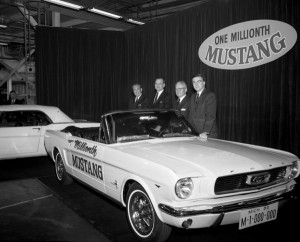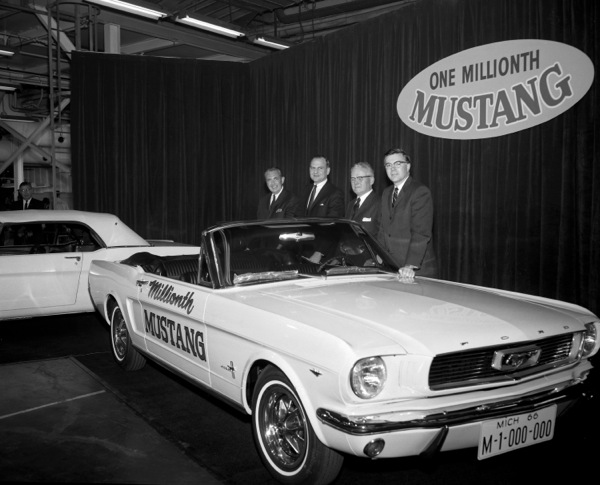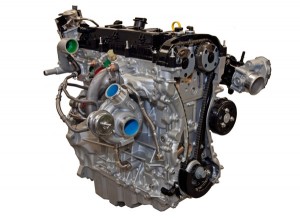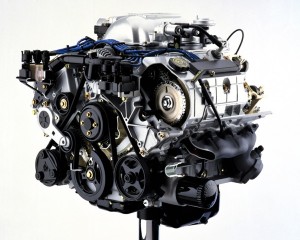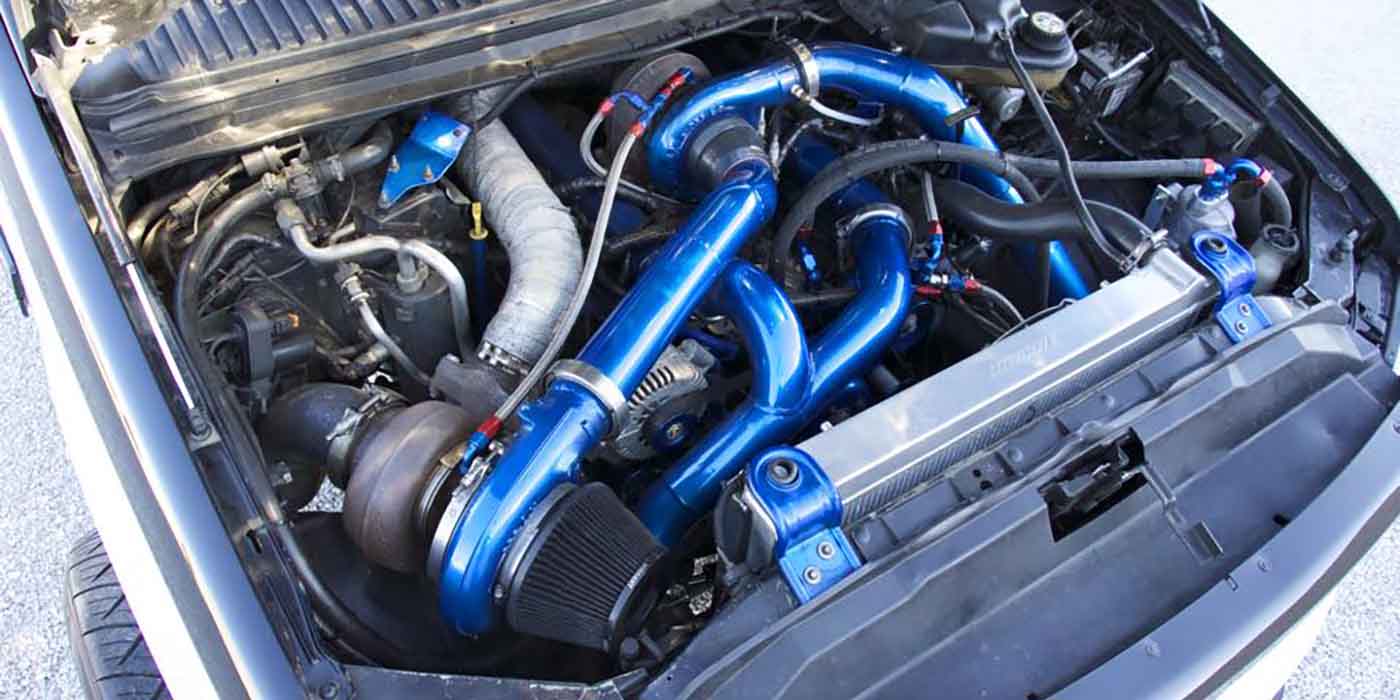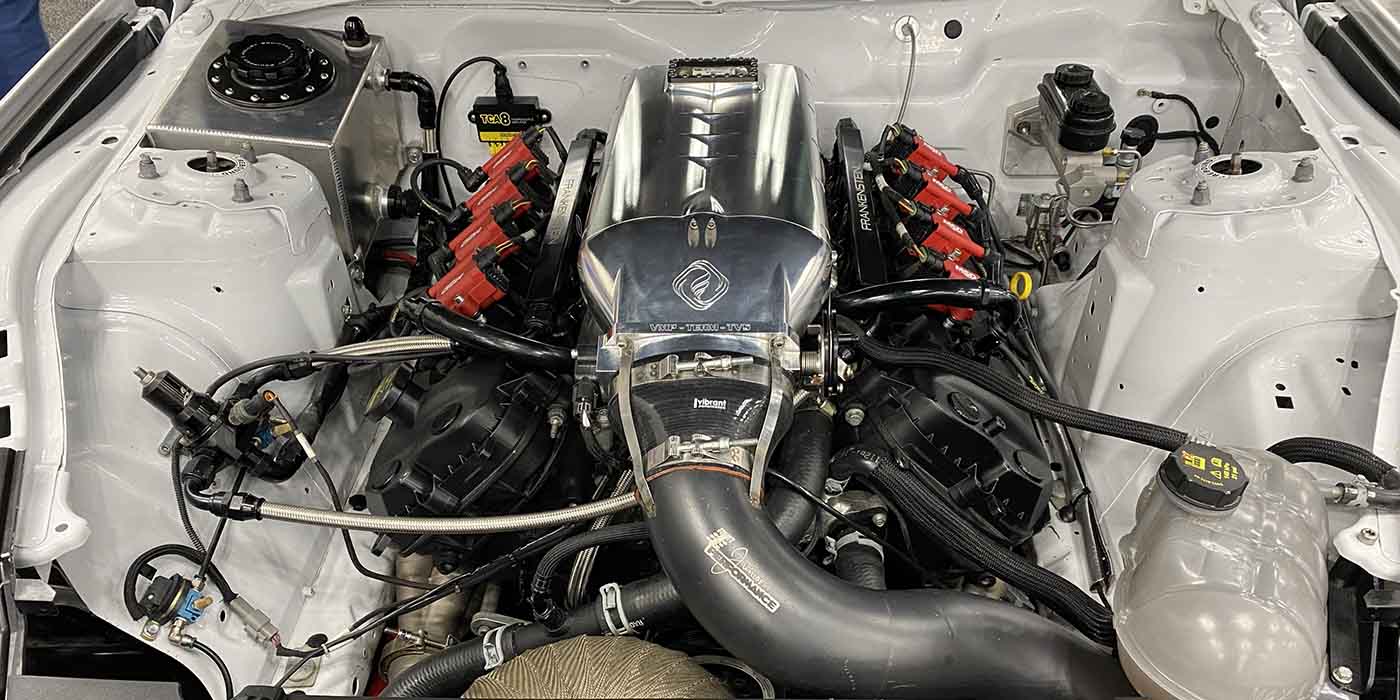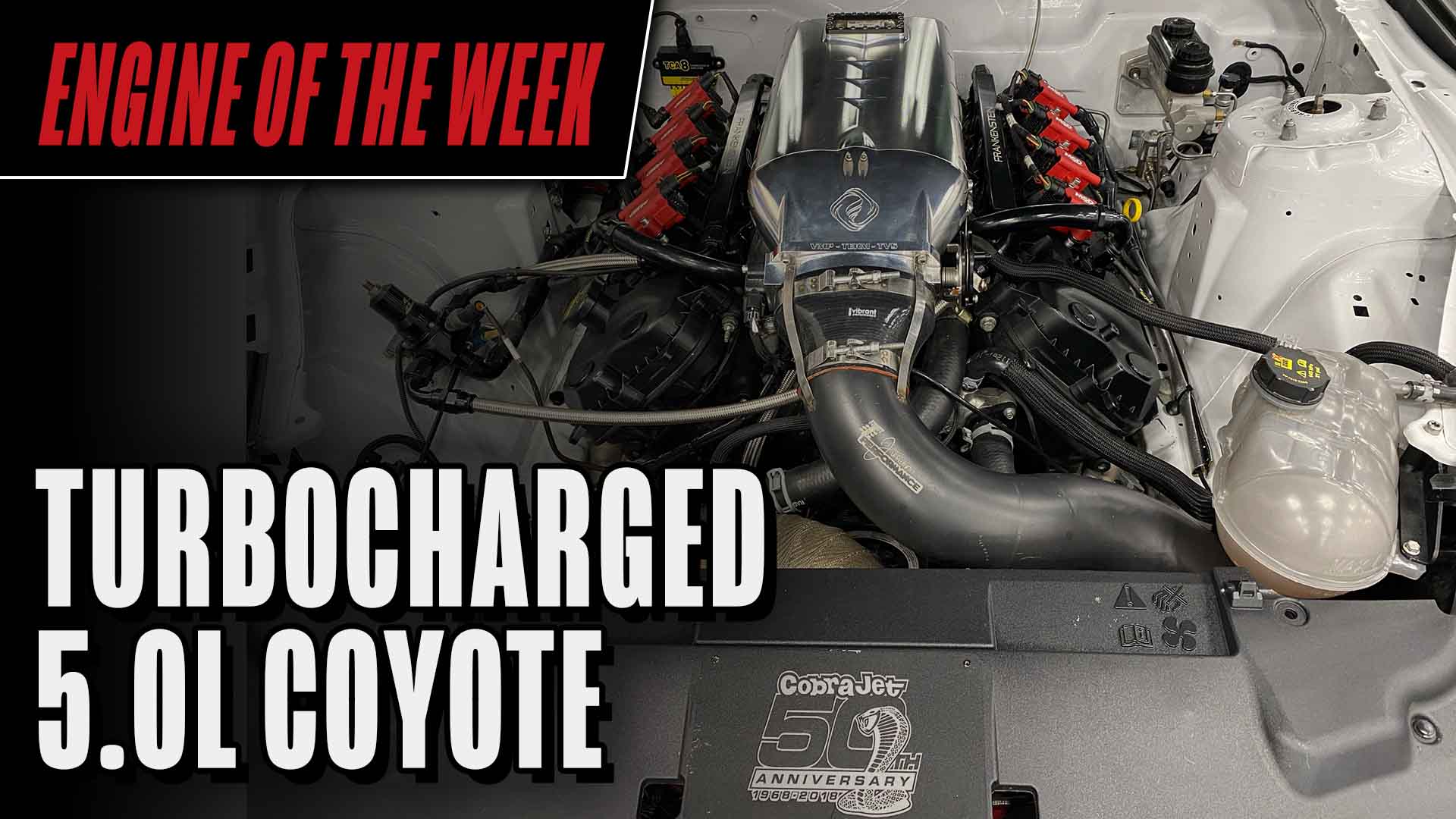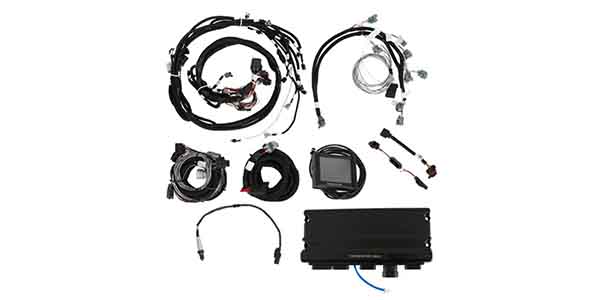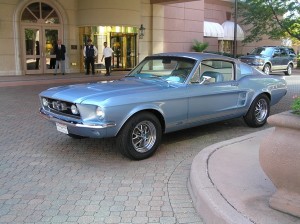 We live in some pretty exciting times for performance automobiles, especially muscle cars. Corvettes are taking on the super cars and knocking on the 200 mph door. The Camaro and the Challenger are back and Ford Motor Company is set to celebrate the 50th anniversary of their very popular Mustang. Besides the Corvette, I can’t think of another automotive model that has sustained a 50-year run. And what a run it has been, and how lucky we have been for it’s success. The good news is, it’s not over yet.
We live in some pretty exciting times for performance automobiles, especially muscle cars. Corvettes are taking on the super cars and knocking on the 200 mph door. The Camaro and the Challenger are back and Ford Motor Company is set to celebrate the 50th anniversary of their very popular Mustang. Besides the Corvette, I can’t think of another automotive model that has sustained a 50-year run. And what a run it has been, and how lucky we have been for it’s success. The good news is, it’s not over yet.
Let’s look back over the years and see how the Mustang has impacted the engine rebuilding and parts business. First, I have to admit I was a Mustang guy. My second car, my graduation present from my parents in 1974 was a 1966 Ford Mustang Coupe. It had a warmed over 289 and C4 transmission. On the outside it was decked out with a set of aluminum wheels and 60 series tires. My neighbor, whom we bought the car from and whose mother had bought it new late in 1965, had already invested quite a bit of money in it. And that was only the start. Of course I couldn’t leave it alone. After I scattered the motor across the highway, I learned just how much you can spend building a high performance 289. I started looking around for a machine shop and started reading up on what I’d need for parts to put it back together again. At this
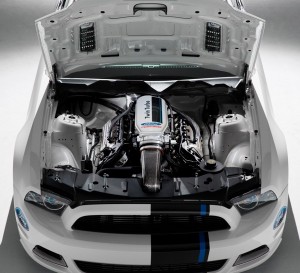
Above: a Mustang Cobra Jet Twin-Turbo concept from 2012 takes advantage of the turbocharging expertise Ford engineers have developed for the Ecoboost engine lineup. A pair of low inertia turbochargers adapted from the Focus ST were added to the 5.0-liter V8 in the quest to keep the Cobra Jet the most successful production-class drag racer available.
time I was not a part of the industry, but soon after I would be.
This was not the only motor I built for that car while I owned it. It got a third, even stronger mill, went through a transmission or two and got a better looking set of wheels and tires. I’ve had friends and workmates who owned Mustangs and one thing we all had in common was a need to personalize them. These cars just begged to be “hopped-up.” And, most got engine rebuilds as well.
From the start, these cars appealed to women. They were sporty looking, yet fairly economical. But, they were not known for their performance. That is, until a guy named Carroll Shelby came along. We all know what he did for the car, but stop and think about what he did for our industry. He took the Mustang and with a little re-engineering and a fair amount of bolt-on parts turned it into a true high-performance race car. Not everyone could afford to lay down the cash for a Shelby, but like my ’66 you could invest a little at a time and build yourself a nice performing, good looking little street rod.
In 1970, Ford introduced the 351 Cleveland. By 1974, when I started at my first parts store and machine shop, the Cleveland heads were coming into the shop with their wore out valve guides. We did great business with our local Ford dealer rebuilding heads for the 351C, M and 400 engines.
1973 was the last year of the original Falcon based Mustang. In 1974, Ford introduced the Mustang II. The second generation car was much smaller and had the more economical 2.3L OHC engine under the hood. Now here’s a motor that brought us all business! I can’t imagine how many new camshafts we sold for the 2300 Fords in the day. We’d build a box, fit it with a new cam, 8 new lifters, 8 rocker arms and a bottle of lube and we had a cam kit. I was working for an engine kit WD by then. We sold a lot of engine kits for the 2300 Ford, but we couldn’t keep cam kits on the shelf. Of course that wasn’t all. A cam sale was usually good for a valve job sale and customers would need the gaskets to put it all back together. And if the job wasn’t done right, they’d be back for another.
Unfortunately, these cars weren’t the basis for much of a performance vehicle. They were still candidates for an engine rebuild. Mustangs have always been very popular, even these glorified Pintos. Unlike cars today, these emissions burdened and carbureted engines wore out. Most owners didn’t have the inclination to rescue these cars like they did and still do the first generation Mustang. This model is not 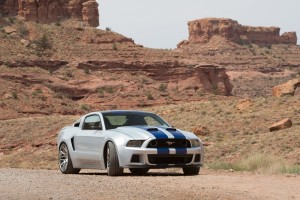 doing much to help us keep our doors open today.
doing much to help us keep our doors open today.
1979 brought the next generation, the “Fox” body. Still powered by the 2.3L four, the 2.8L V6 and some pretty low horsepower V8’s, these cars would bring the words performance and Mustang back together and spawn a revival of the performance Ford. And even though the 1978 Mustang II wore the first 5.0 badge, the 5.0L will always be associated with this new model. You’ll still find these cars on the street and on the drag strip, most powered by supercharger and turbocharger 302’s. These cars and engines helped to kick the aftermarket in gear as owners began to demand not only performance heads, but also cylinder blocks that wouldn’t split in half when introduced to 1000+ horsepower.
Race cars are one thing, but if these older cars are going to stay on the road, the aftermarket needs to respond with restoration parts. This model ran for 11 years and many of these cars are still on the road. I’m glad to report I’ve seen a few catalog companies now pushing a book with all the parts to keep the 1979-93 Fox body Mustangs alive. And they should. A lot of great things happened for these Pony cars in this year span, including the return of the GT model, the return of the convertible body style, the return of a Holley four-barrel carb, the introduction of Ford’s SVO (Special Vehicles Operations) group, the introduction of Ford’s Special Vehicle Team and the SVT Cobra, as well as the introduction of
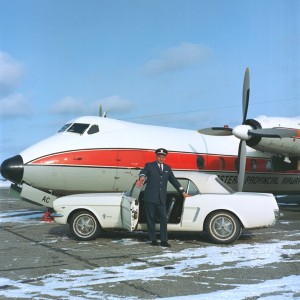
factory 16 inch aluminum wheels. In 1985, a 5.0L high-output V8 produced 210hp and was mated to a manual transmission. These cars were powerful enough that Ford had to design a Quadra-shock rear suspension that could dampen the wheel hop. OK, these aren’t muscle car horsepower figures, but these cars are begging for power improvement from added cubic inches from a 347 stroker and/or power adders like a supercharger. As these cars turn into someone’s hobby, they will continue to fuel our rebuilding and high performance parts industries.
The next or Fourth Generation Mustangs were built from 1994-2004. The cars brought us a more modern and sophisticated Mustang. 1994 and ‘95 are the last years to use the old 302 OHV V8.
First introduced as a 260 cubic inch motor in 1964-1/2 Mustang, I can’t even imagine how many 260, 289 and 302 Ford motors have been rebuilt over the 50 years. More GT, SVT and Cobras emblems adorn these cars as well and their power coming from the new Modular SOHC and DOHC V8’s. Horsepower numbers begin to rise with the introduction of these new engines and hit their max in 2003 when the SVT Mustang Cobra was outfitted with an Eaton supercharger and produced 390hp and 390 lb-ft of torque. These cars are 10 or more years old. Their performance level and sophistication will guarantee a long shelf life of interest in these models and these are some of the engines we are seeing rebuild and enhanced today.
In 2005, Ford reintroduced the first generation Mustang in the new retro-style Generation-5. This is great news for the aftermarket. By producing a new car that closely resembles the old model they reenergize the demand for the original. As the value goes up, so does the spending to bring these older models back to life. These new models are very stylish and very exciting on their own. These cars also come in a variety of performance models with names like Shelby, Cobra Jet, Boss 302 and GT attached. Customers are rebuilding and modifying to increase their performance and this is more good news for the industry.
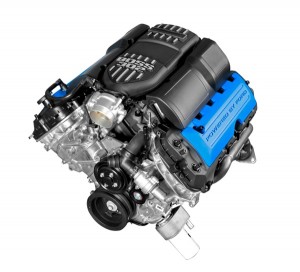
What is truly amazing is how many of these cars are still around. And whether they were turned into a street driven race car, or just kept stock, possibly restored, they all have had, or will need, an engine rebuild or two!
So whether it’s a 200 inline 6, a 428 CJ or the 662-hp aluminum 5.8L supercharged V8 in the 2014 Shelby GT500, the industry’s most powerful production V8, these engines are in Mustangs, and Mustangs have been a large part of our industry and will be for many years to come.
